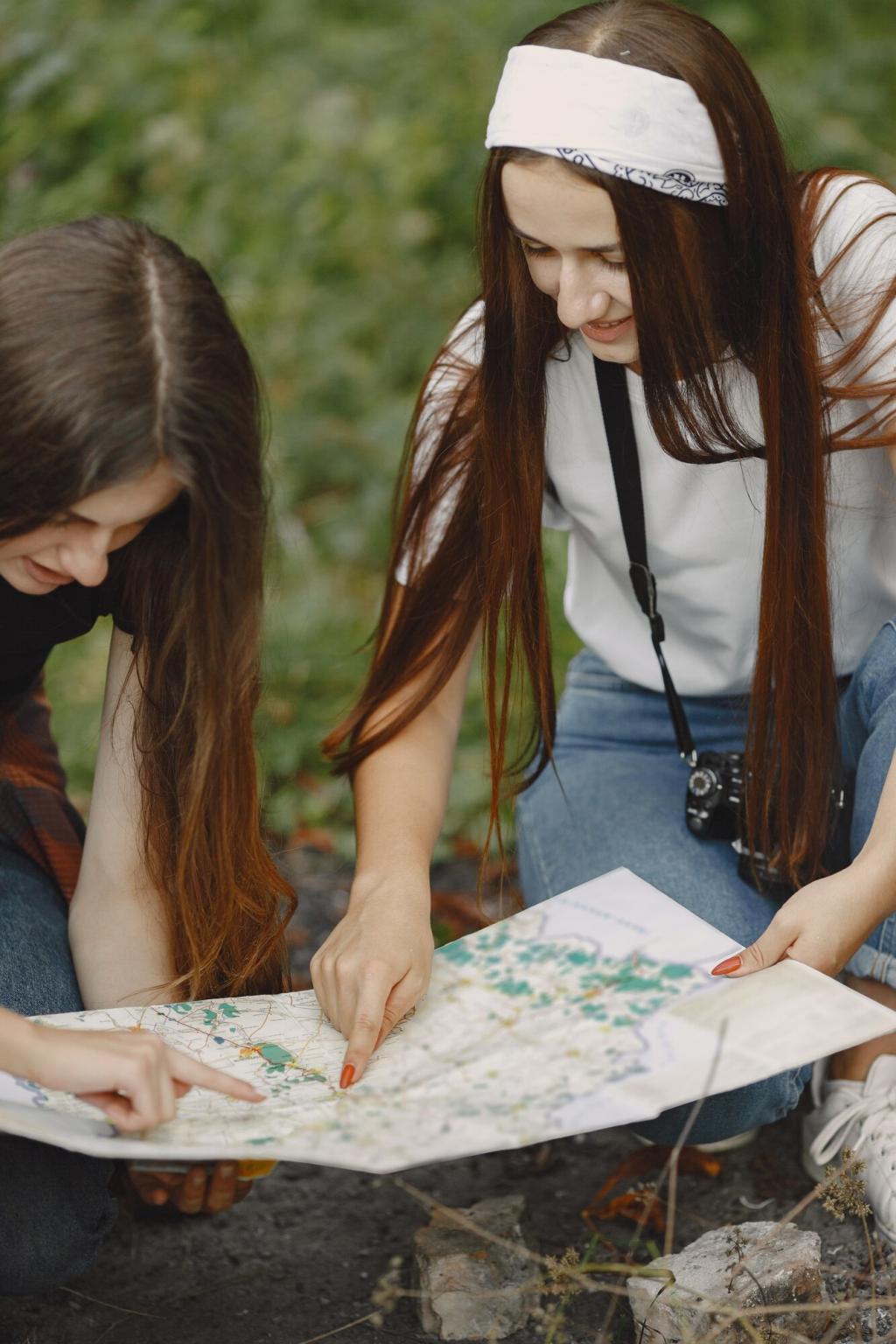Literature serves as a mirror to the societies from which it emerges, capturing not only the aspirations, anxieties, and beliefs of an era but also challenging and transforming them. Through various genres, authors have both chronicled historical moments and prompted cultural shifts. This page explores how literature’s diverse forms have engaged with society across different epochs, revealing a dynamic interplay between art and the world it seeks to represent.

The Power of the Novel in Social Reflection
Realist novels of the nineteenth century, epitomized by authors like Charles Dickens and Jane Austen, used everyday settings and complex characters to dissect social hierarchies, class tensions, and personal morality. By focusing on the ordinary lives of their characters, these writers exposed readers to the harsh realities and subtle hypocrisies of contemporary society. Their works highlighted the impact of industrialization, the limitations imposed by class and gender, and the struggle for personal integrity—revealing how individual destinies are deeply shaped by broader social forces.
Poetry as the Pulse of Society
Romanticism and the Voice of Revolution
The Romantic poets of the late eighteenth and early nineteenth centuries, including William Wordsworth and Percy Bysshe Shelley, used verse to rebel against industrialization and to champion ideals of nature, individual freedom, and the imagination. Their poetry was deeply engaged with the political upheavals of the age, such as the French Revolution, and gave voice to a longing for liberation and authenticity. Romanticism’s emphasis on emotion and the sublime energized resistance to conformity and mechanization, reshaping the cultural landscape.
Modernist Poets and the Crisis of Expression
As traditional forms and certainties gave way to existential doubt, modernist poets like T.S. Eliot and Ezra Pound responded with innovation and disruption. Their poems often fragmented narrative and meaning, reflecting a world shattered by war and social upheaval. Through dense allusions and experimental structures, these poets grappled with alienation, disillusionment, and the breakdown of communication. Their work provided readers with a vocabulary to articulate the uncertainty of their times, challenging them to find coherence amid chaos.
Contemporary and Spoken Word Movements
In recent decades, poetry has reclaimed public space through spoken word and slam genres, making literature accessible and urgent. Poets such as Amanda Gorman channel contemporary struggles—racial injustice, environmental crises, and political division—into powerful performances that resonate widely. These movements blend poetic tradition with activism, using the immediacy and rhythm of spoken language to mobilize communities and inspire collective action. Contemporary poetry continues to bear witness to the pulse of society, crafting moments of solidarity and transformation.
Drama and Social Commentary on Stage
Ancient and Classical Dramatic Traditions
Greek tragedians like Sophocles and Euripides, and later Roman playwrights, harnessed drama to question fate, hubris, and civic duty. Their works explored the tension between individual desires and societal expectations, setting a template for examining moral and ethical dilemmas. The public performance of these plays reinforced their communal relevance, offering a forum for catharsis and debate about justice, leadership, and the gods’ role in human affairs.


Shakespearean and Renaissance Insight
The plays of William Shakespeare and his contemporaries during the Renaissance dramatized the turbulence of their times—monarchical intrigue, religious conflict, and the rise of humanism. Shakespeare’s work in particular brought psychological depth and ambiguity to the stage, using complex characters and poetic language to explore themes of ambition, betrayal, and identity. His drama provided audiences with a window into the shifting social and political realities of the Elizabethan and Jacobean eras, making timeless the anxieties and aspirations of that pivotal age.
